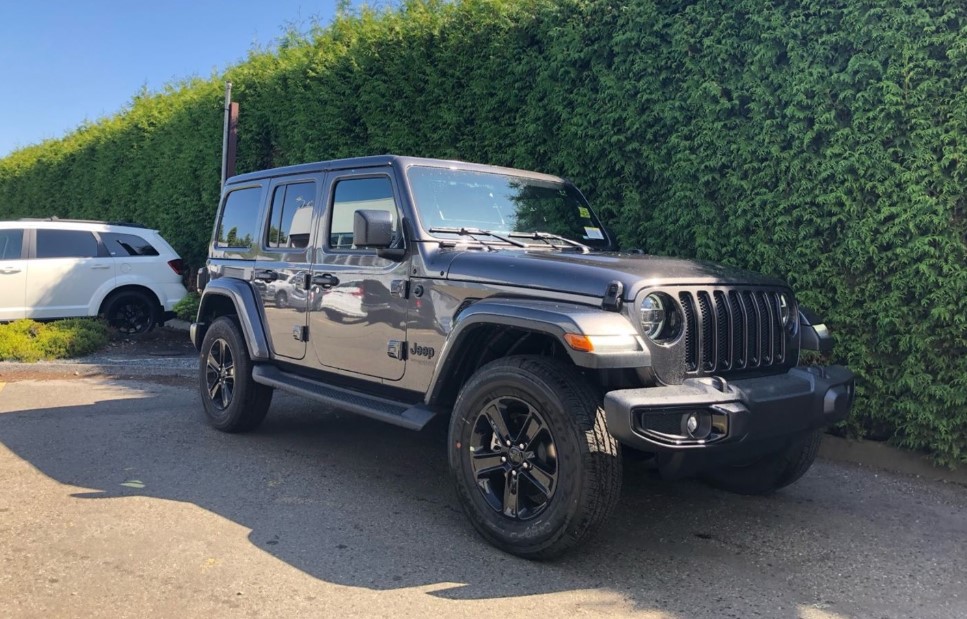Every business needs a presence on the web, but often there is a rush to put up a website, create social media profiles, and just start sharing. However, this usually creates issues later on. It is important to put a great deal of thought into how your business will be branded consistently from your physical location and physical advertising to the web, which is your virtual location.

Your Storefront
Just like your physical location, your website needs to have great curb appeal. This means everything from choosing the right domain name (your sign) to the photos, videos, and language you use.
It even relates to the fonts you use, the color of text and background, ad placement, and the use of your logo. Your brand should be instantly recognizable just as your physical location is from the street.
They key is two-fold. Your name should be relevant, easy to spell, and simple to say and recognize. The fonts you use for logos and signs should be readable and clear, your logo unique. Think of major brands like Pepsi or Apple and the simplicity yet uniqueness of their logo.
Think of it this way: your web address or domain represents your business. Your homepage and landing pages are your sign and front window. They are the first impression a user has of you, your business, and your brand, and you don’t get a second chance at that.
The Showroom Floor
Whether you sell products online, provide services, or your website is an invitation for visitors to come to your physical location, your website must have a showroom. This is where you tell the user what you do, why they should come see you and what you offer, or the products you sell, and information about them.
Just like a physical showroom, this space needs to be warm, inviting, and let the user explore and learn more with little effort and no confusion. This means you need good navigation and internal linking that is relevant.
All blog posts, product description pages, landing pages, and even contact forms must remain consistent with your brand. Heading fonts should be neat, readable, and relevant.
You also need more than one kind of content. You will have different types of visitors who will come to your site just like different shoppers visit your store.
- Streakers: These users are on a mission. They have a purchase in mind, are either rapidly price shopping or looking for a quick answer to a simple question. Clear signage works for them in your store, and short and simple product descriptions with clear pricing work well online. Content that appeals to this user is short blog posts or FAQ pages.
- Strollers: These users are looking for some more in-depth answers, but nothing too deep. They need some answers before they are ready to buy, but they are not interested in extreme details. These are the users who read beyond the headlines to the specifications and longer product descriptions, longer blog posts. In store, they will read details on signage, and if something does not interest them, they move on quickly.
- Studiers: These users want deep information before they make any purchase. They are likely to do research, conduct multi-site searches, and are more inclined to buy on features and not price. On your website, white papers, case studies, and in-depth blog posts will appeal to this user. In store, they will take considerable time to make purchases and will have extensive questions.
Keeping these different users in mind when creating your showroom both virtually and physically will make sure that each user has the best experience, and finds the information they are looking for.
The Checkout Counter
On your website, this is your shopping cart and the checkout experience. This should be simple, prices should be clear, shipping and payment options should be easy, and the ways you keep users’ information private should be outlined.
There are two critical parts of your checkout process. It must be fast, but it must also be secure. This balance is often hard to achieve, but there are services like PayPal and Square that make this process easier.
Also, you should take as many forms of payments as possible. From credit and debit cards to Apple Pay, Samsung Pay, Google Wallet, and other forms of payment, you need to give your customers choices. This perception of choice means they are more likely to trust your site and spend money with you. Studies show that adding forms of payment can increase revenue by a large percentage.
The Exit Sign
Just like at your physical location you want to offer your customers a reason to return and make them feel welcome to do so, you need to do the same thing on your website. When a customer leaves, thank them for visiting your site. Invite them to return, and offer them a way to keep in touch and a coupon or other incentive to come back.
This is a critical part of your relationship with your customers. This extends to your interactions with them on social media, through email newsletters, and more.
Your virtual location should mirror your physical one, making your brand recognizable, offering a friendly and simple shopping experience for many different types of users. Your checkout process should be simple and fast, and the customer’s experience with you should be consistent across social media as well. This will make you and your business, more successful in the long run.







